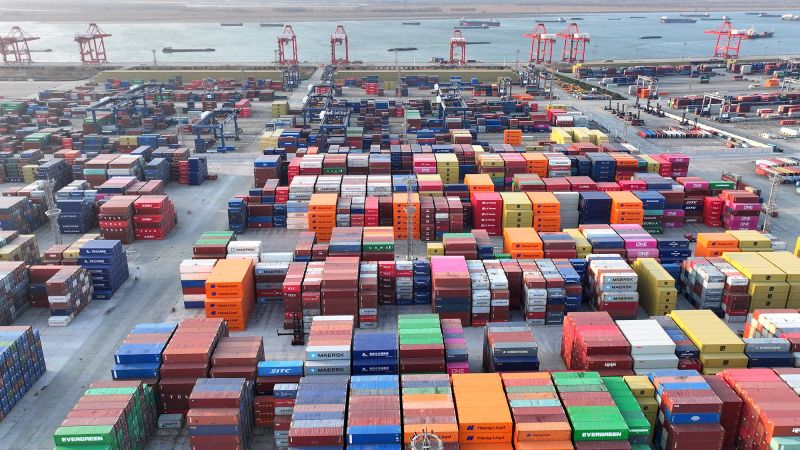
Trump’s tariffs take aim at China and Asia’s rising economies
CNN
President Donald Trump imposed 54% tariffs on all Chinese imports into the United States Wednesday as part of his sweeping “Liberation Day” reset of American trade global policy.
President Donald Trump unveiled 54% tariffs on all Chinese imports into the United States Wednesday as part of his sweeping “Liberation Day” reset of American trade global policy. The tariffs on China, the second top importer to the US behind Mexico, are poised to push a major reset of relations and escalate a trade war between the world’s two largest economies. China has repeatedly vowed to continue to retaliate against American trade restrictions. Wednesday’s announcement adds 34% “reciprocal” tariffs to existing 20% duties on all Chinese imports to the US. Since returning to power in January, Trump had already levied two tranches of 10% additional tariffs on all Chinese imports, which the White House said was necessary to stem the flow of illicit fentanyl from the country to the US. To skirt existing tariffs, some Chinese companies have shifted production to other Asian countries. But Trump’s new reciprocal tariffs on other Asian nations announced Wednesday will hurt China, too: Vietnam will face levies of 46% and Cambodian goods will be tariffed at 49%. Trump unveiled the measures during an address in the White House’s Rose Garden, where he separately announced an additional 10% duties on all imports to the US and a host of country-specific measures that hit Asian countries particularly hard.

The US stock market, fresh off its third-best day in modern history, is sinking back into reality: Although President Donald Trump paused most of his “reciprocal” tariffs, his other massive import taxes have already inflicted significant damage, and the economy won’t easily recover from the fallout.





















 Run 3 Space | Play Space Running Game
Run 3 Space | Play Space Running Game Traffic Jam 3D | Online Racing Game
Traffic Jam 3D | Online Racing Game Duck Hunt | Play Old Classic Game
Duck Hunt | Play Old Classic Game










